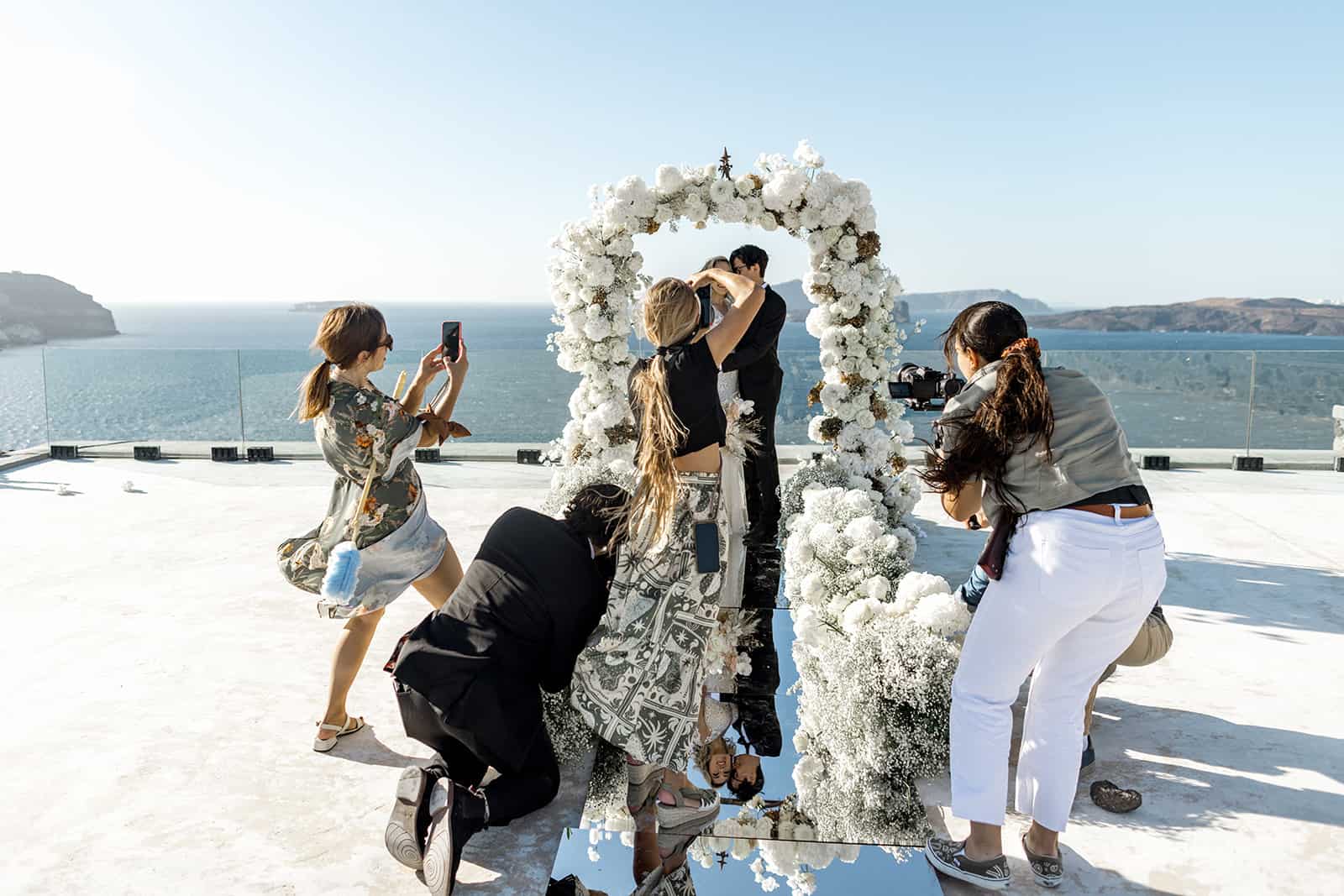You may have seen our other post on styled shoots and how they’re excellent for building your portfolio without becoming a second shooter or having your own clients.
We always recommend creating styled shoots to build your portfolio to start with – and even after you’re an established destination wedding photographer to boost creativity!
But taking on jobs as a second shooter for wedding photographers is a fantastic way to learn the ropes. Weddings move fast and there are a lot of moving parts. So, experiencing it without having all of the pressure on your shoulders from the beginning is a great way to learn.
So! We’re explaining how to become a second shooter for weddings by sharing what we look for in wedding photography assistants:
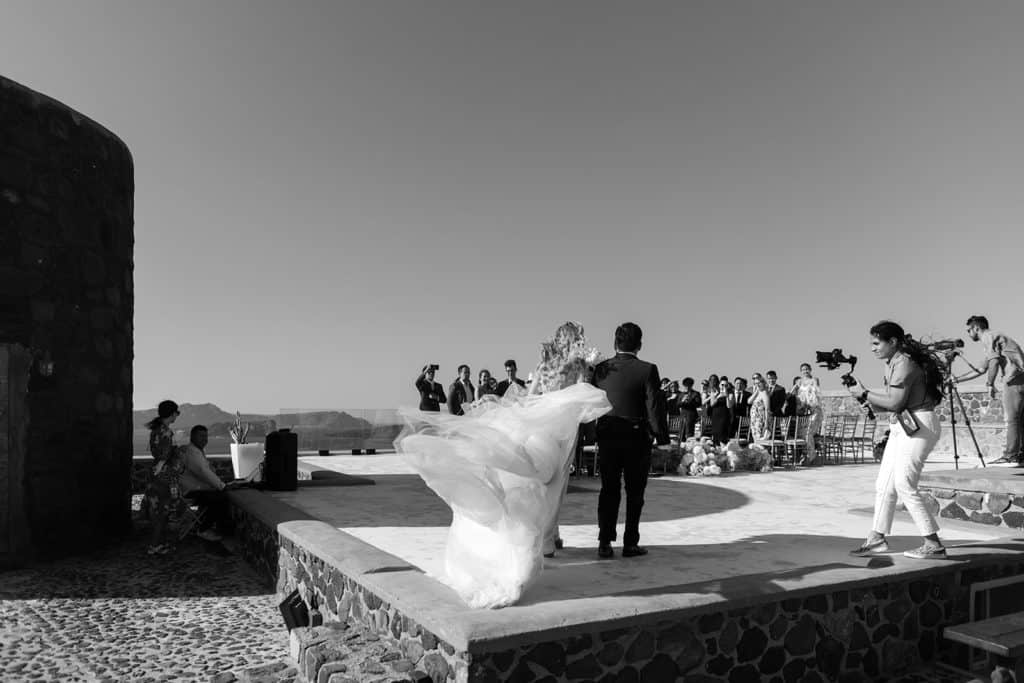
What Is a Second Shooter for Wedding Photographers?
In case you’re not sure what we’re talking about, let’s chat about what a second shooter for wedding photographers is.
As a second shooter, your job is to assist the primary wedding photographer on the day. The primary is the one that the couple actually booked their wedding with. But to make sure that the primary gets all of the epic shots that truly tell the story of the wedding day, they might need some extra hands!
That’s where you come in as the second shooter.
How to Be the Best Second Shooter for Weddings:
Becoming the best second shooter for weddings takes practice. But it doesn’t hurt to know what established destination wedding photographers look for when they’re hiring one.
So we’re giving you an inside look into exactly that:
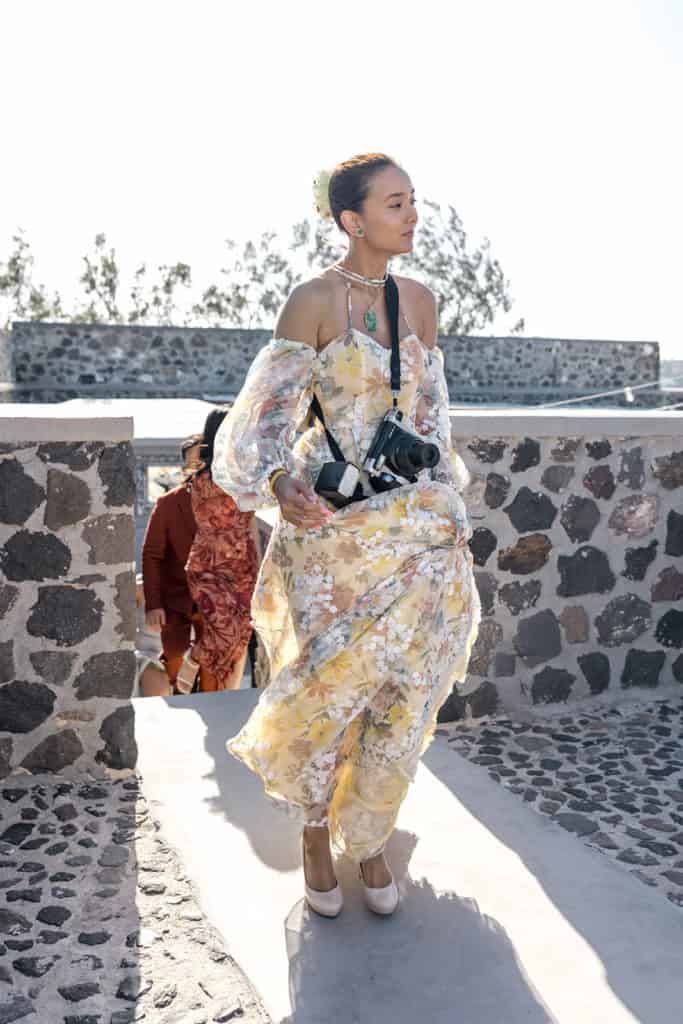
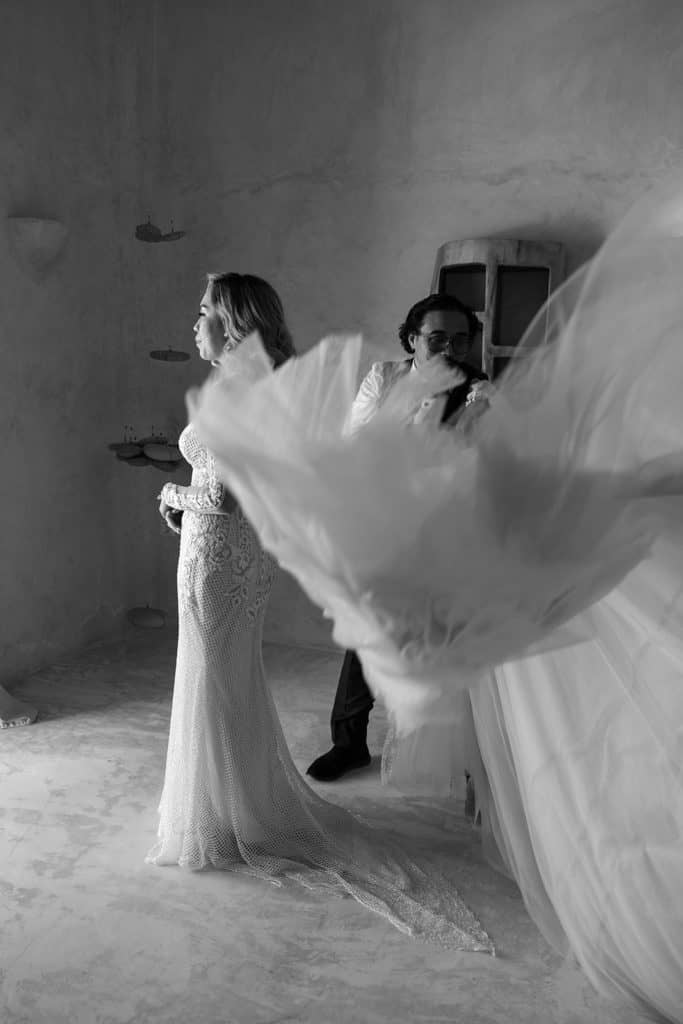
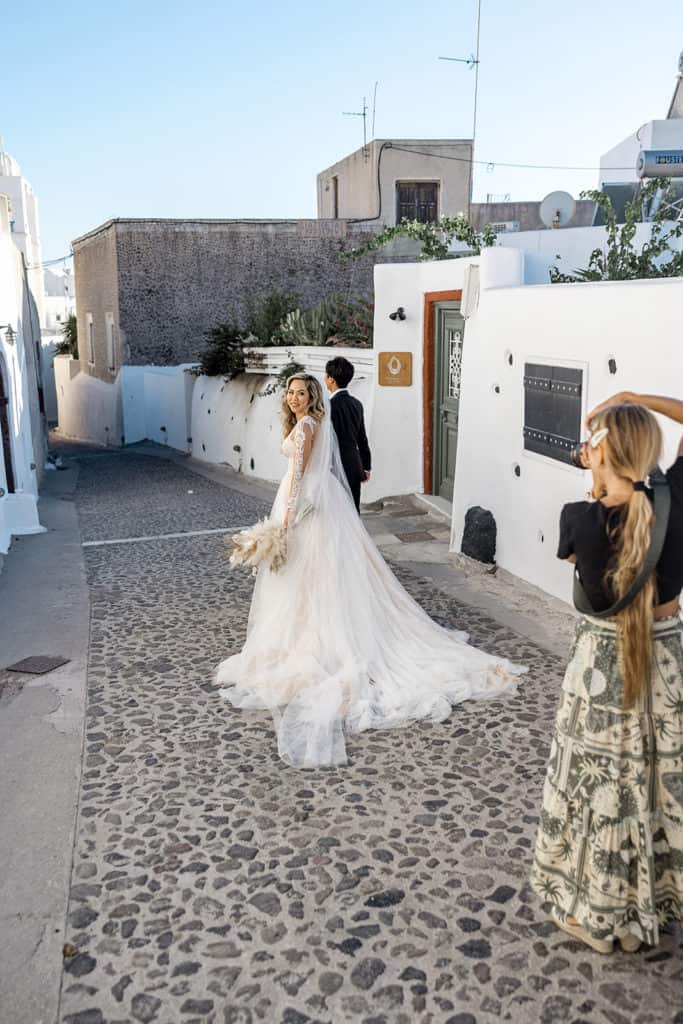
1. Are You Resourceful?
First things first, are you resourceful? Can you figure things out on your own and manage when things go wrong? Or do you need someone to tell you what to do every step of the way?
Since weddings are so busy and there are so many different vendors who are trying to pull the bride and groom in different directions, things are bound to not go according to plan.
In a second shooter for a wedding, we look for someone capable of taking it all in stride and figuring out what to do next – without someone having to tell them what to do next.
The primary wedding photographer has to do a million and one things! So, they can’t stop and give direction. For example, the primary may have to step away from the wedding party to go scout the location to take epic first look photos.
That means you may have to continue taking photos of details or the wedding party while they’re gone. They need to trust that you’ll handle whatever comes up during that time!
The best way to do this is to just practice with your camera. Practice compositions, practice with lighting, and even practice with people you know. That way, you’ll feel confident when you step into the venue on the wedding day – no matter what comes up.
2. Do You Have Discipline?
Are you someone who will take the small steps to get the big gains? So much of wedding photography involves paying attention meticulously to even the tiniest details. Those tiny details are what help create the jaw-dropping photos that go in the gallery!
So do you have the discipline to look for the tiniest ways to make something extraordinary? And better yet – are you someone who will take the time to fix those things so the photos can be extraordinary?
Think of it this way. On the wedding day, you may be working with the primary photographer on bridal portraits. Truly be their second eyes! Look for the smallest details like the bridal gown train – is it laid out perfectly behind her or can you take a quick second to fluff it and really make that next photo sparkle?
Or think of the family photos after the ceremony. Again, pay attention to those tiny things that everyone else misses in the moment but that will show up glaringly in the photo gallery. Is the father of the groom wearing his Apple watch? Does someone have their phone in their pocket and it’s making a bulge? Rather than waiting for the primary to notice it, just ask for a quick second before anyone takes the next photo to tell the family members to remove the items.
Those moments are crucial when it comes to the post-processing production. And your primary photographer will thank you for it!
3. Do You Know Your Stuff When It Comes to Photography?
When you’re learning how to become a second shooter for weddings, you’ll still need to know your stuff when it comes to photography. Your primary photographer can’t take the time on the wedding day to teach you how to compose images. They’re trusting that you already know how to do that.
So before you take on jobs as a second shooter for wedding photographers, make sure you really know your stuff and are confident in your work.
At home, you can practice composing shots. Practice taking flat lay photos and detail shots with different angles and compositions. Take your friends out and practice creating compositions with people in them.
The other half of that is becoming intentional with your photographs. Rather than clicking the shutter button for the sake of it, practice taking meaningful photos without a hundred extras that have to be culled in post-processing.
4. Are You Comfortable With Learning?
Your primary wedding photographer may give you some constructive criticism during and after the wedding day (most likely after!).
So you need to ask yourself before you sign up for a second shooter position – can you take constructive criticism and are you comfortable with learning something new?
Working with an established wedding photographer is an awesome opportunity to learn what shooting a wedding looks like. And it’s a time for you to get coaching from someone who has more time and experience in the game!
So rather than get defensive or complain when they try to give their feedback, be sure to listen, learn, and apply it to your next photos. That’s how you get better and become an established destination wedding photographer yourself!
5. Can You Bring Plenty of Energy?
Any wedding requires a ton of energy! And not just a ton of energy – but a lot of it for a long time.
As a wedding photographer, the amount of energy you can show up with and give to your clients is directly reflected in the photos you get! For example, if you can show up and give it your all and bring tons of bright energy, you’ll make your couple and their friends and family more comfortable. That comfort is going to show up in how relaxed they feel in front of the camera. And it’s going to make them feel comfortable in showing their genuine emotions in front of you, too!
So when we’re looking for someone to become a second shooter for weddings, we’re looking for someone who can bring that energy and keep it all day long.
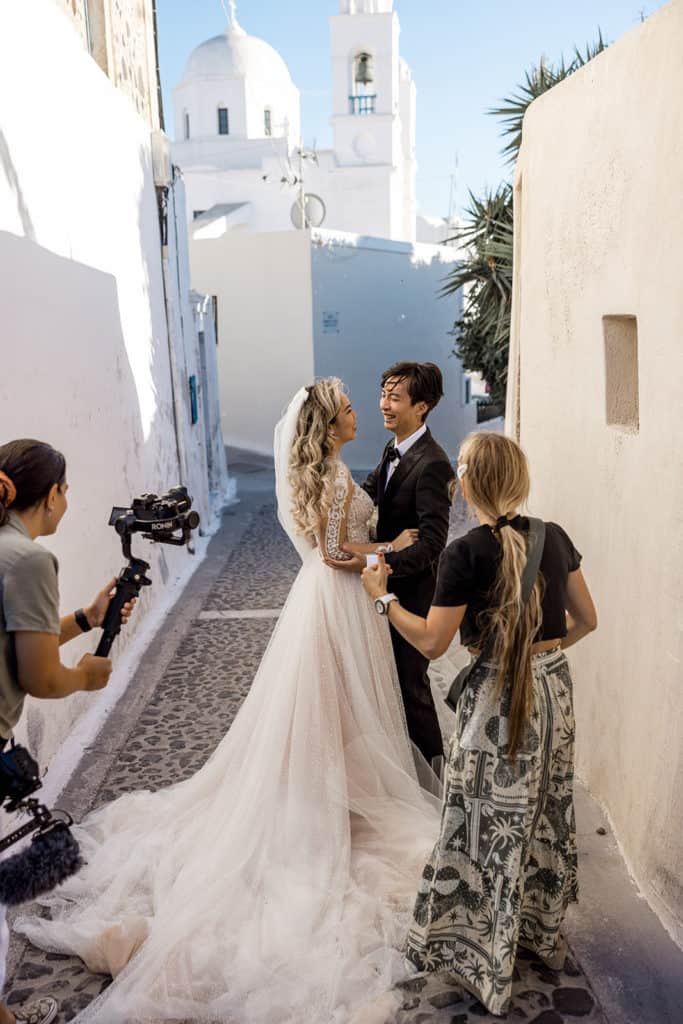
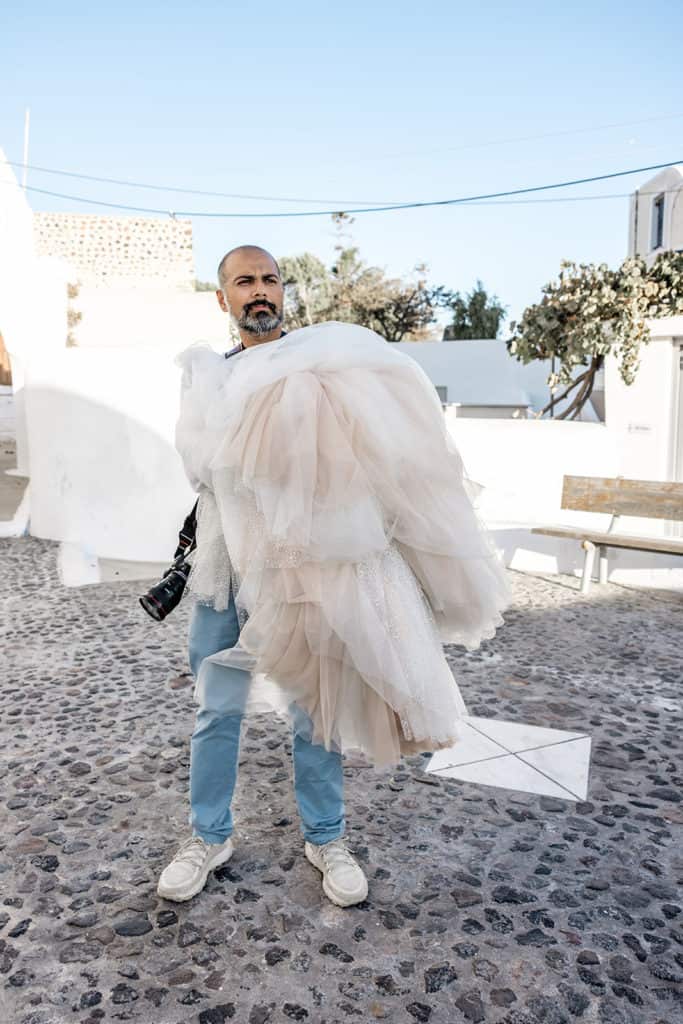
6. Can You Direct Without Making Things Awkward?
Most couples, unless they’re models or influencers with photoshoot experience, don’t know how to “pose” in front of the camera.
And, as wedding photographers, we’re not photojournalistic. Which means we don’t take candid photos 100% of the time.
So at a certain point, we have to direct our couples and their wedding party, friends, and family in group portraits to guide people into getting the end results we’re looking for.
This is an extremely practiced skill, believe it or not! It takes a lot of experience to guide someone into a pose without making them look or feel awkward in the process. Not to mention, even though we’re guiding them into a pose, we still need the end result to look natural – not staged.
As you’re learning how to become a second shooter for weddings, be sure to practice this skill! You’ll need it on the wedding day. And having it will make a huge difference for your primary photographer. For example, they’ll feel comfortable leaving you to photograph the bride and her bridesmaids getting ready while the primary runs to scout the first look location.
Practice this at home – you don’t even need a wedding for it! First and foremost, you can absolutely put together a styled shoot and practice with the models during it. That’s one of the best ways to not only get experience guiding people into natural poses but to also build out your portfolio to showcase your unique wedding photography style.
In the meantime, you can practice with anyone you have at home. Your parents, your siblings, your significant other, and your friends. Take them outside and practice gently directing and guiding them while not making the process feel awkward. That will translate on the wedding day!
7. Will Your Shots Complement Ours?
Last, but definitely not least, will you focus your time on shots that complement ours? We don’t need a second shooter who shoots the same details, the same angles, and the same compositions as ours.
We need a second shooter who can fill in the gaps where we can’t be. So, ask yourself as you’re looking for second shooter positions – can you take photos that complement instead of competing with the primary photographer for a well-rounded, completely captured wedding day?
That’s one of the biggest benefits of a primary investing in a second shooter! So be sure to give them their return on investment.
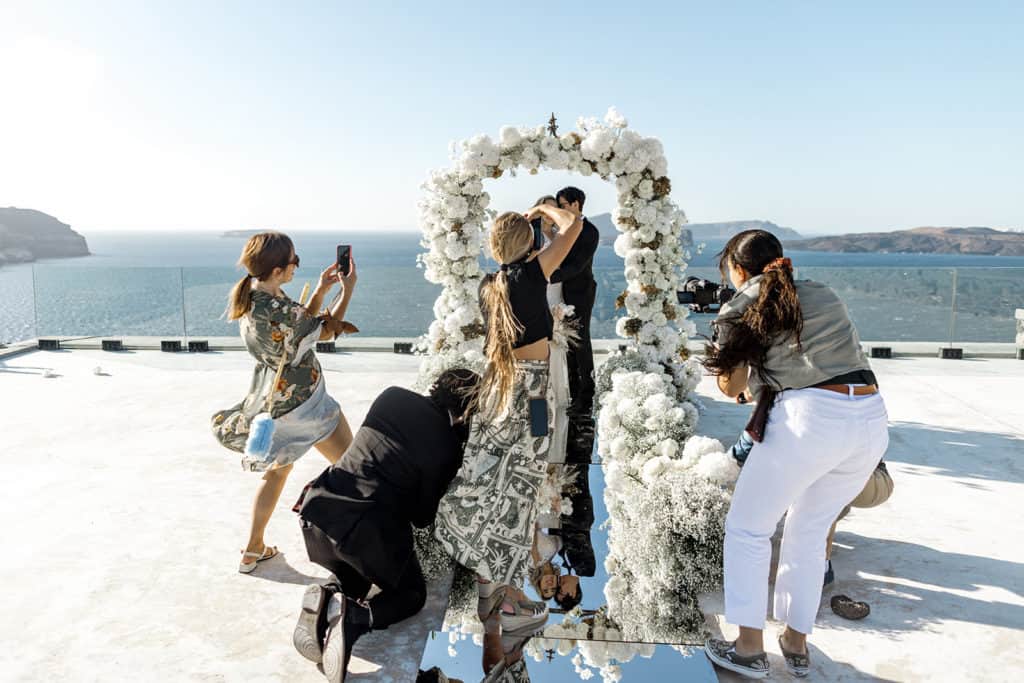
Learning how to become a second shooter for weddings is an awesome way to get the experience of shooting weddings without the pressure of being the lead photographer.
But making sure you’re bringing value for your primary is so important so that you become their go-to second shooter.
Ready for what’s next?
